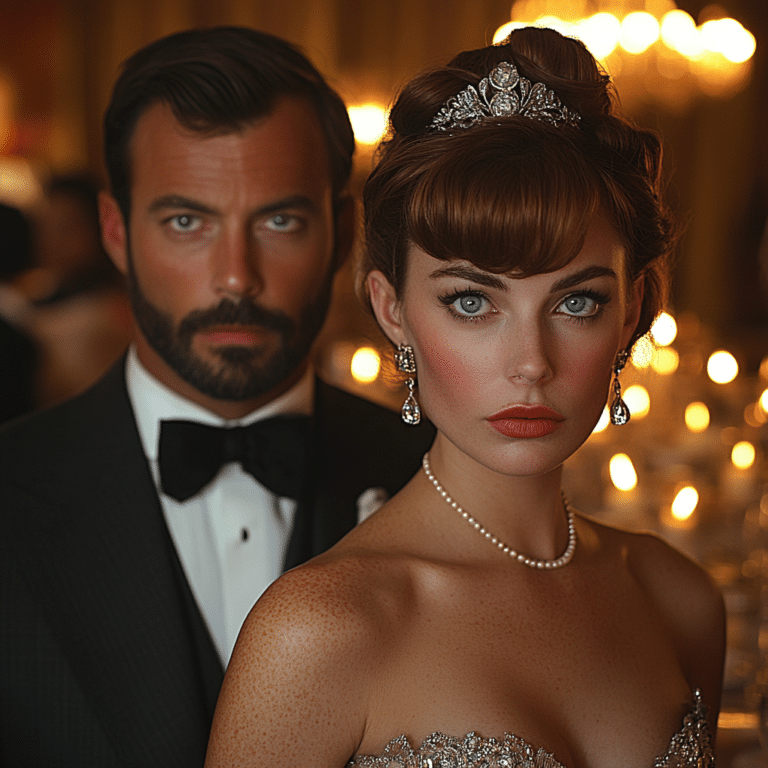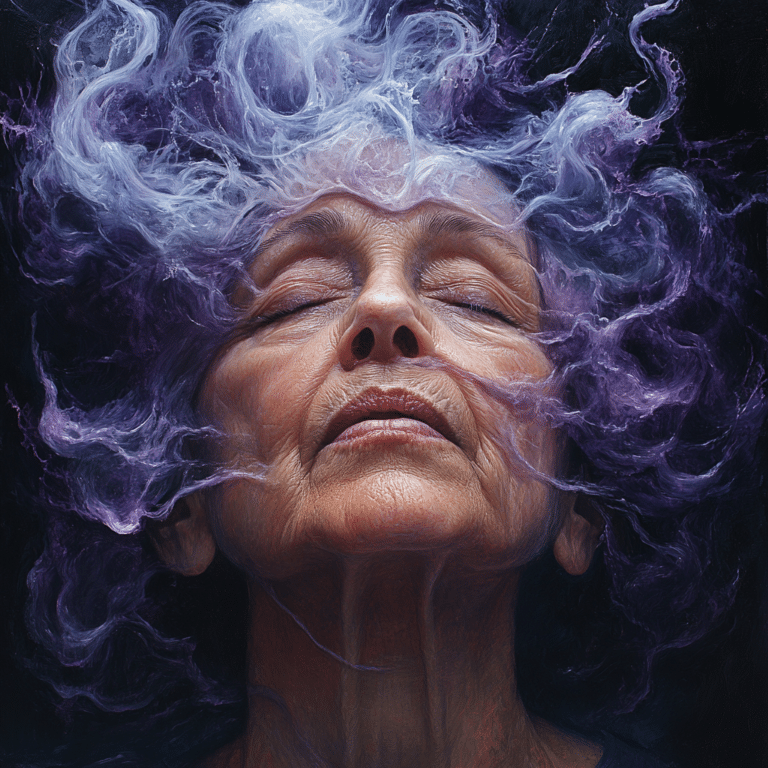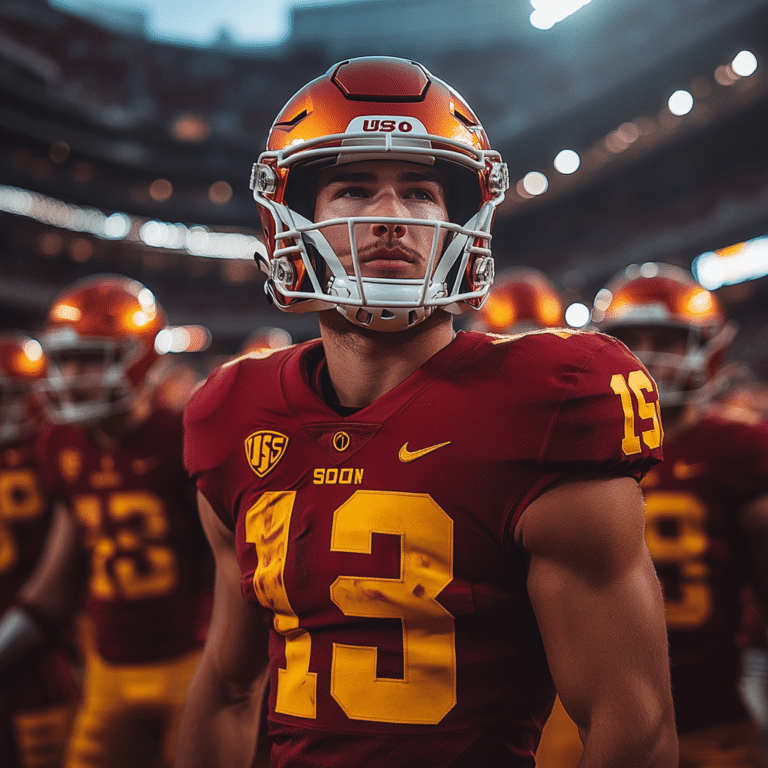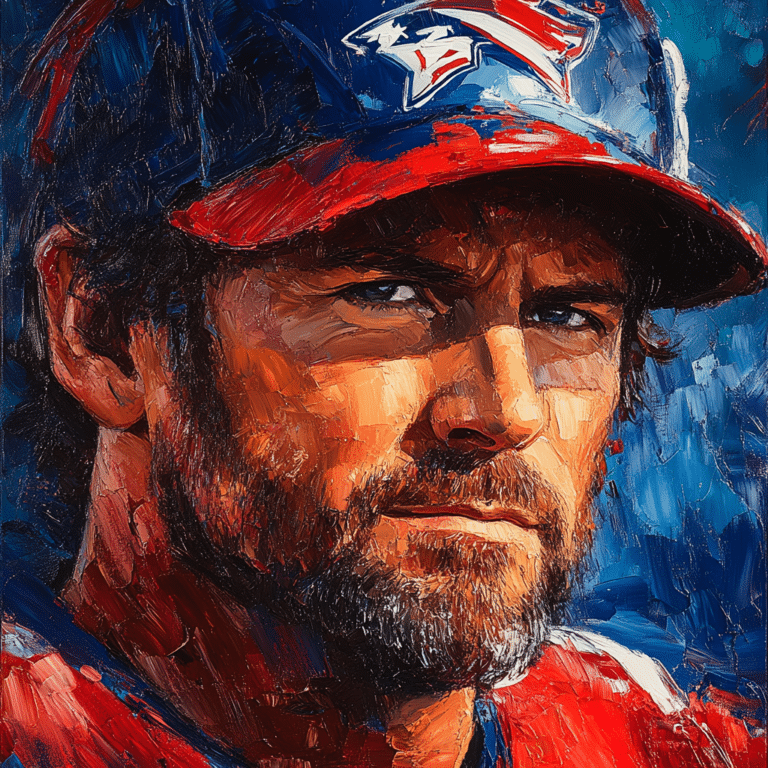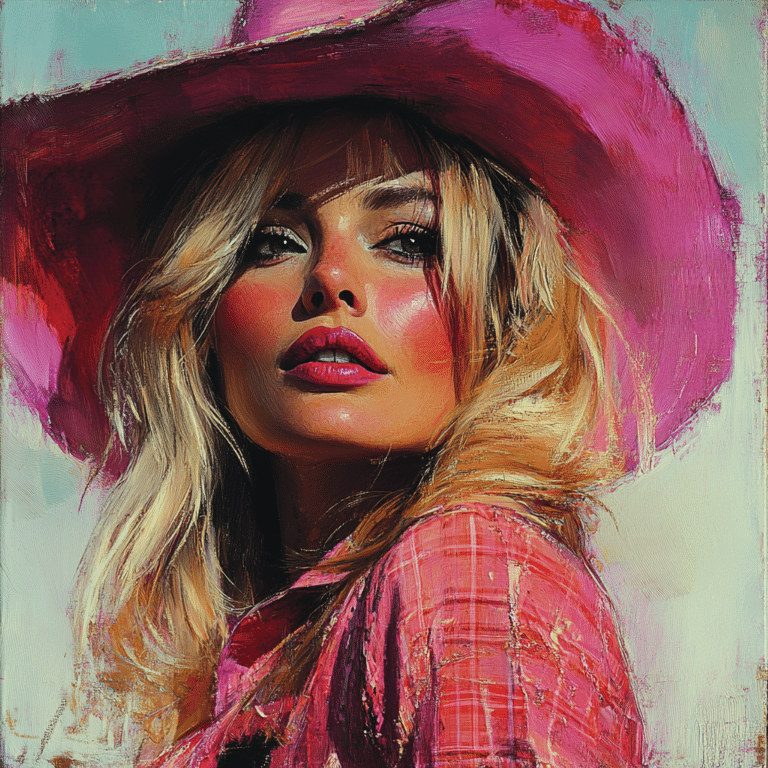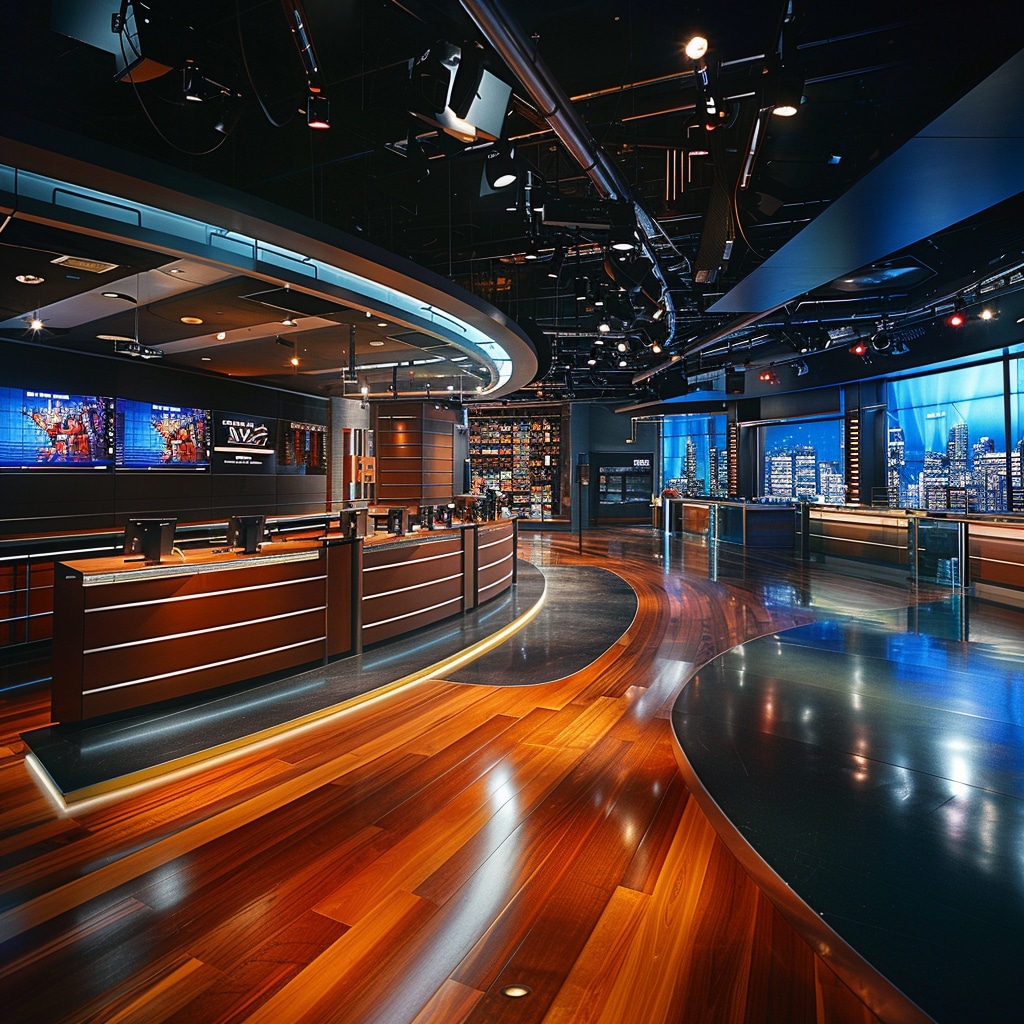Advertising is a cornerstone of modern commerce that holds the power to sway public perception and elevate brands into household names. Over the decades, several commercials have achieved legendary status, transforming the landscape of marketing forever. These commercials not only defined their respective brands but also set new standards and trends, impacting the advertising industry profoundly. Buckle up as we take a closer look at seven transformative commercials that rocked the advertising world, and get ready to see why they still matter today.
1. Apple’s “1984” – The Revolutionary Launch of the Macintosh
Apple’s “1984” Super Bowl ad, directed by the visionary director Ridley Scott, is one of the most remarkable commercials of all time. When it aired during Super Bowl XVIII, it introduced the Macintosh computer to a captivated public in a way that would reshape tech marketing. Set in a dystopian world inspired by George Orwell’s masterwork, the ad presented a brave heroine sprinting through the oppressive machinery of a totalitarian regime, ultimately smashing the screen that symbolized conformity.
This pioneering spot didn’t just catapult Apple’s revolutionary image into the limelight; it also solidified the Super Bowl as the premier platform for launching groundbreaking ads. The impact of “1984” rippled through the tech industry, marking a significant turning point by using storytelling and emotion to connect with audiences rather than merely focusing on product specifications.

2. Coca-Cola’s “I’d Like to Buy the World a Coke” – A Peaceful Message Amid Turmoil
In 1971, Coca-Cola pulled at the heartstrings of the nation with its iconic commercial, “I’d Like to Buy the World a Coke.” This advertisement featured a diverse group of people singing together atop a hill, delivering a message of unity that resonated during a time of social upheaval. The emotional narrative embraced themes of peace and togetherness that set the tone for aspirational advertising in the beverage business.
The campaign skyrocketed Coca-Cola’s sales while becoming a cultural touchstone. This ground-breaking commercial birthed a new age of marketing that encouraged brands to adopt similar harmonious themes, reminding everyone that amid chaos, positivity can reign supreme.
3. Nike’s “Just Do It” – Motivational Messaging That Transcended Sports
Nike’s legendary “Just Do It” campaign, launched in 1988, became a beacon of motivation not just for athletes but for all who dared to chase their dreams. With powerful commercials featuring athletes overcoming obstacles, Nike tapped into the human spirit on a deeper level. The simplicity of the tagline became ingrained in popular culture, inspiring countless individuals to embrace the pursuit of their goals.
This revolutionary campaign marked a significant shift in branding, prompting businesses to craft slogans centered on empowerment. The unyielding spirit reflected in these commercials invited everyone—regardless of athletic abilities—to channel their inner strength and “just do it.”

4. Wendy’s “Where’s the Beef?” – A Catchphrase That Shook the Fast Food Industry
Wendy’s “Where’s the Beef?” campaign launched in 1984 transformed the fast food marketing game. The ad featured a hilariously astonished elderly woman questioning the size of competitors’ hamburger patties. This ingenious approach not only became a catchy national catchphrase but also struck at the heart of the industry’s deceptive marketing practices.
The emphasis on product quality challenged other brands to step up their game and commit to honesty in their advertising. Wendy’s forever altered the dialogue in the fast food sector, leading to greater transparency and accountability from brands vying for consumers’ trust.
5. Old Spice’s “The Man Your Man Could Smell Like” – Brokering a New Age of Masculinity
Old Spice achieved a cultural renaissance with its uproarious “The Man Your Man Could Smell Like” commercials, which hit the airwaves in 2010. Featuring the charismatic spokesperson Isaiah Mustafa, the ads turned masculinity on its head with clever humor and bewildering scenarios. This exhilarating approach revitalized the brand and led to a staggering sales boost of over 100% in just a few months.
The campaign further broke ground by demonstrating the power of viral marketing in an age dominated by social media. Audiences gravitated towards the playful yet sophisticated portrayal of masculinity, propelling Old Spice into the realm of popular culture.
6. Dove’s “Real Beauty” – Challenging Beauty Standards in Advertising
Launched in 2004, Dove’s “Real Beauty” campaign took the advertising world by storm with its bold representation of women of all shapes, sizes, and ages. The commercials focused on authenticity, resonating significantly with consumers who felt neglected by traditional beauty standards. This powerful message urged brands across sectors to embrace a more inclusive approach to advertising.
By challenging the status quo, Dove sparked an important dialogue about body positivity, inspiring a wave of brands to consider authenticity over airbrushed perfection. The ramifications of this campaign continue to shape the advertising landscape.
7. Geico’s “15 Minutes Could Save You 15 Percent or More” – Humor as an Effective Sales Tool
Geico’s catchy slogan and memorable characters, like the charming Gecko, have made its commercials heavily recognized since their inception in 1999. The clever blend of humor and relatable content stripped away the dryness often associated with insurance. The combination of comedy and catchy phrases made the complex world of insurance feel more accessible and enjoyable.
Geico’s marketing strategy serves as a perfect case study illustrating how humor can resonate with audiences and simplify often-boring products, making them relatable and fun. This approach has since influenced numerous brands seeking to connect with consumers through laughter.
The Evolution of Advertising Through Iconic Commercials
These remarkable commercials exemplify how advertising can evoke emotion, challenge norms, and create lasting connections with audiences. As we advance into 2024 and face shifts in technological and social landscapes, the lessons from these iconic campaigns remain relevant. Great storytelling, engaging characters, and meaningful messages are crucial for brands aiming to carve their place in consumers’ minds.
Combining creativity with strategy, successful ads underscore that great marketing isn’t merely about pushing products; it’s about weaving narratives that resonate deeply with consumers. For modern advertisers looking to make their mark, these commercials stand as potent reminders that within mere seconds, a well-crafted message can change the course of advertising history, leaving a lasting imprint on our culture.
So, whether you’re browsing on the yahoo home page or catching up on the latest in pop culture, remember that these commercials paved the way for future innovations while still fueling spirited discussions among conservatives about the direction of the advertising industry. Each one is emblematic of a narrative that resonates far beyond their airtimes— and who knows? The next pioneering commercial could very well be waiting just around the corner!
Commercials That Changed Advertising Forever
An Introduction to Trendsetting Commercials
Did you know that commercials have been a driving force in advertising for decades? While many ads aim to showcase products, some have truly redefined how we interact with brands. Think about it: when advertisers defiantly break the mold, they invite us to see their product in a whole new light. Take, for instance, the iconic Apple “1984” commercial, which not only introduced the Macintosh but also created a cultural wave that still echoes in today’s marketing strategies. It forced competitors to rethink their approach to advertising and engage consumers in a way they hadn’t before.
The Evolution of Commercials
While flashiness has its place, it’s the storytelling that often resonates. The Budweiser frogs and the “I’m Lovin’ It” slogan from McDonald’s are perfect examples of how catchy characters and phrases can make a lasting impact. Interestingly, humor plays a pivotal role too. Ads like the “Super Bowl” spots not only entertain but also create a buzz, making audiences eagerly anticipate what’s next. The evolution of commercials illustrates how brands adapt to cultural shifts, like how companies now market their products with inclusivity in mind, much like the ongoing discussions within the Labour Party UK and their approach to modern social issues.
The Legacy of Great Commercials
Remember the “Got Milk?” campaign that turned an everyday commodity into a cultural icon? Such commercials did more than sell a product; they sparked conversations about nutrition and lifestyle, leading consumers to check for their local bose store near me to see what alternatives are on offer. Commercials continue to push boundaries and set trends that impact various facets of life, from fashion to home décor, and you might even find some Benches For The end Of a bed featured in those stylish lifestyle commercials.
As you ponder the memorable ads that have shaped our consumer habits, consider how they also reflect society’s transformations. Whether it’s a catchy jingle or a visually stunning production, these commercials not only market products; they create dialogue and foster community. For instance, look back at memorable celebrity endorsements—like Eniko Harts collaboration that elevates brand visibility—showcasing how commercials can leverage fame to captivate audiences. With every memorable campaign, there’s an invitation to rethink our preferences, from fashion trends to comparing mortgage interest rate today, all shaped by the cleverness of advertising.
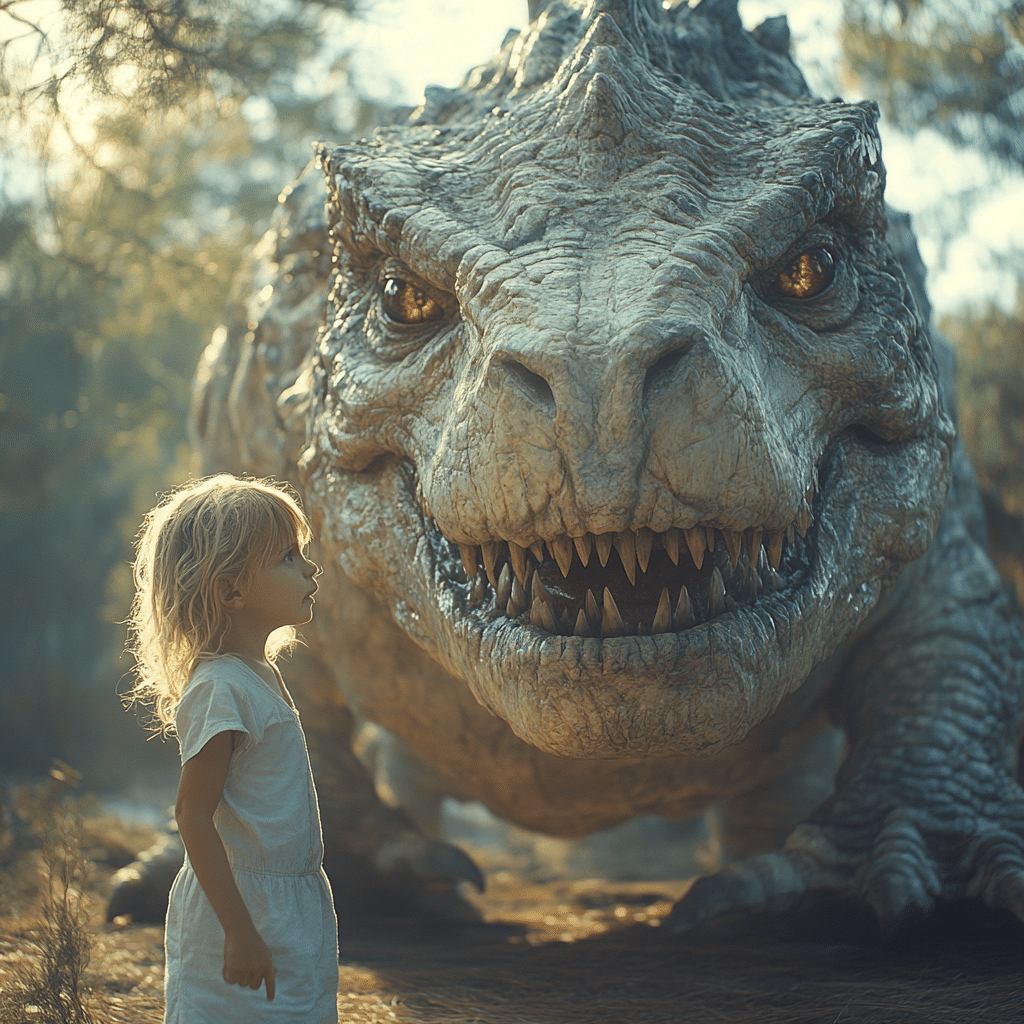
What was the most popular commercial?
One of the most popular commercials of all time is Apple’s “1984” ad. It first aired during Super Bowl XVIII and introduced the Macintosh computer, taking inspiration from George Orwell’s novel “1984.”
What are commercials called?
Commercials can also be referred to as ads, adverts, spots, or breaks. These are all terms used to describe television advertisements that promote products or services.
How do I block commercials on my TV?
To block commercials on your TV, you can use an ad blocker app like AdGuard, which blocks ads and trackers, and even secures your TV traffic. It’s the only one that allows encrypted DNS for added security.
How do I get on commercials?
Getting on commercials typically involves making a portfolio of photos with a professional photographer and seeking local casting agents. You’ll audition for roles as the agent calls, and if you fit the brief, you might land the part.
What was the most liked Super Bowl commercial?
The most liked Super Bowl commercial is often debated, but many consider the “1984” ad by Apple as a standout favorite due to its impact and popularity.
What is the oldest commercial on TV?
The oldest commercial on TV is generally recognized as a 1941 ad for Bulova watches, which marked one of the first times a company advertised on television.
What was the first ever TV ad?
The first-ever TV ad aired on July 1, 1941, and it was for Bulova watches, promoting their products to a burgeoning television audience.
How many commercials are on TV?
The number of commercials on TV varies by the program and network, but there can be hundreds in a single broadcast day, especially during peak viewing times.
What are 6 second ads called?
Six-second ads are commonly referred to as bumper ads, which are brief advertisements often used on platforms like YouTube to grab viewers’ attention quickly.
Why are TV ads so loud?
TV ads can be loud because of the way sound levels are engineered in production. Advertisers often boost volume to capture attention, which can be a bit jarring compared to regular programming.
Can I turn off all ads?
You can’t typically turn off all ads entirely, especially on standard TV, but using ad-blocking software or subscribing to streaming services that offer ad-free viewing can help reduce them.
Who controls commercials on TV?
Commercials on TV are controlled by networks and advertisers who buy airtime, deciding which ads are shown during specific time slots based on viewer demographics.
How do I get commercials on my TV?
To get commercials on your TV, companies buy advertising space from TV networks, which schedule their spots according to viewer ratings and sold time slots.
Who is the most popular commercial actor?
The most popular commercial actor varies, but some consistently recognized names include Michael Clarke Duncan and Betty White, both of whom have appeared in numerous beloved ads.
Does anyone watch TV commercials?
Yes, plenty of people still watch TV commercials, especially during live events like sports or award shows when advertisers prefer to reach larger audiences.
What are advertisements also called?
Advertisements are also known as commercials, spots, or even promotions depending on their medium and strategy.
What are the synonyms of commercial?
Synonyms for commercial include advert, spot, promotion, or ad. Each of these terms can be used interchangeably depending on the context.
What is a better word for ads?
A better word for ads could be “promotions,” as it encompasses various forms of marketing communication aimed at increasing awareness or sales.
What type of marketing is commercials?
Commercials are a form of advertising, specifically designed to promote products or services through video broadcasts on television or online platforms.
What is the greatest ad ever made?
The greatest ad ever made is subjective, but many people praise Apple’s “1984” ad for its creativity and monumental impact on the industry.
What was the most popular commercial in the 1960s?
In the 1960s, commercials like the “Mikey Likes It” ad for Life Cereal became iconic for their memorable taglines and relatable themes.
What was the world’s first TV commercial?
The world’s first TV commercial was for Bulova watches and aired in 1941, setting the stage for what would become a booming industry in advertising.
Who is the most popular commercial actor?
The most popular commercial actor is often debated, but names like Betty White and Matthew McConaughey frequently come up due to their frequent roles in memorable ads.




